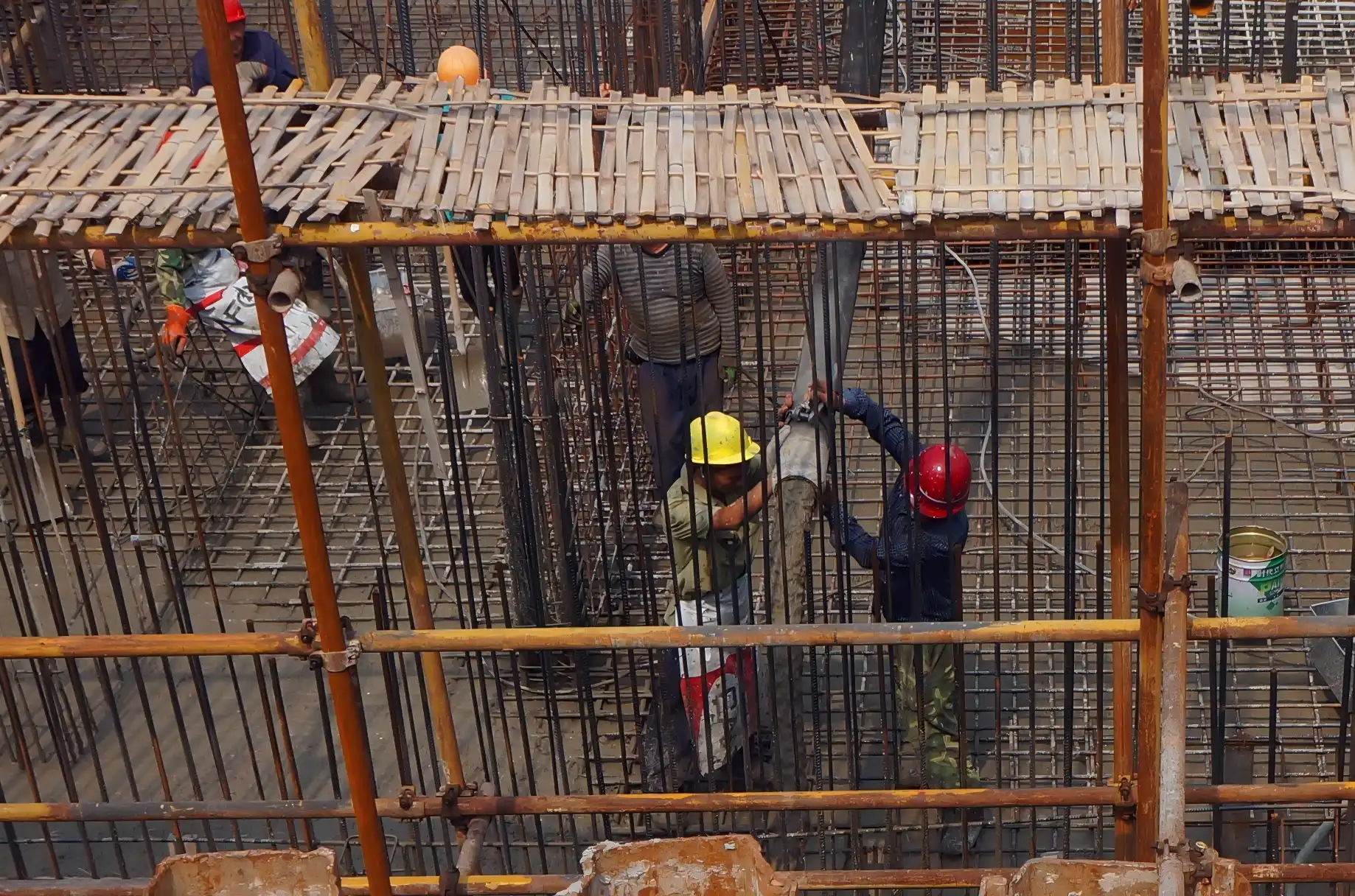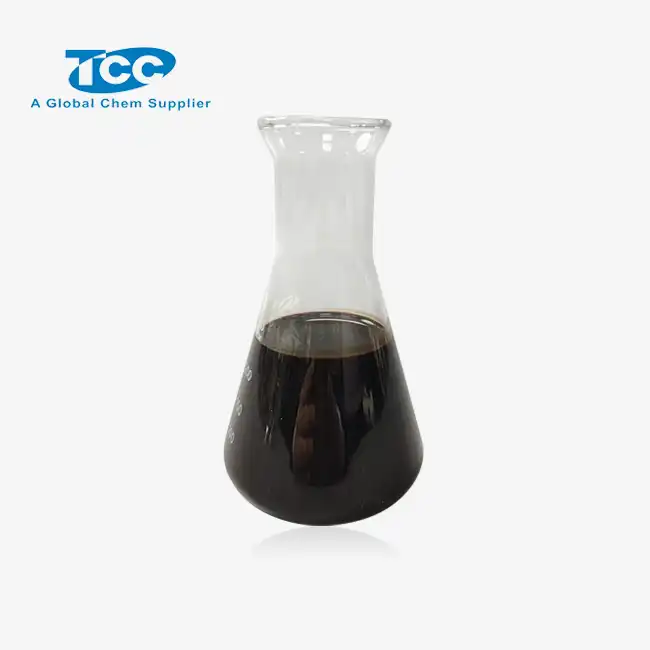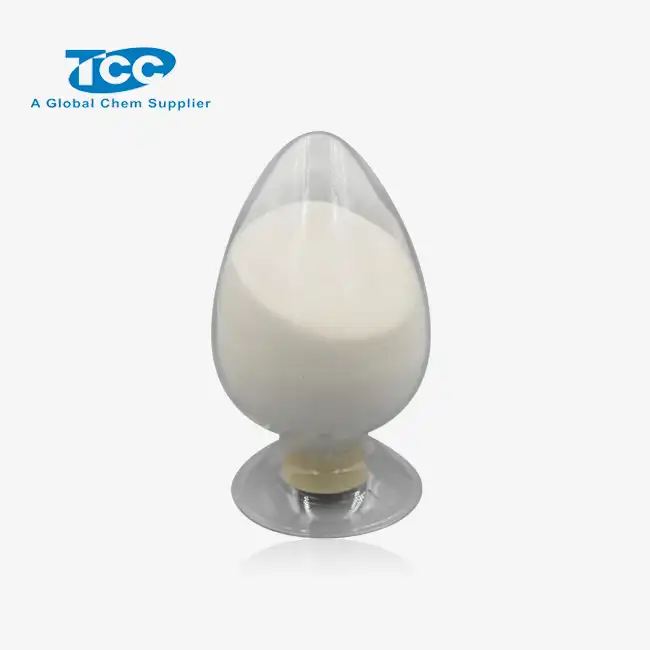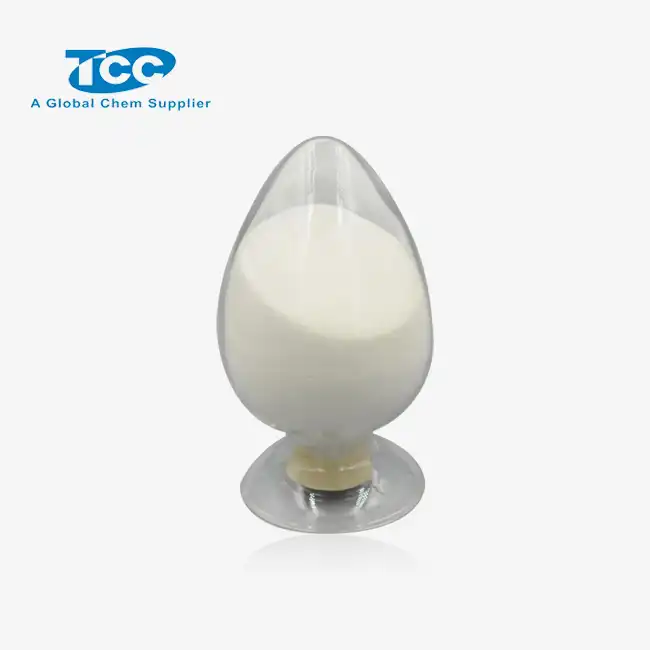- English
- French
- German
- Portuguese
- Spanish
- Russian
- Japanese
- Korean
- Arabic
- Greek
- German
- Turkish
- Italian
- Danish
- Romanian
- Indonesian
- Czech
- Afrikaans
- Swedish
- Polish
- Basque
- Catalan
- Esperanto
- Hindi
- Lao
- Albanian
- Amharic
- Armenian
- Azerbaijani
- Belarusian
- Bengali
- Bosnian
- Bulgarian
- Cebuano
- Chichewa
- Corsican
- Croatian
- Dutch
- Estonian
- Filipino
- Finnish
- Frisian
- Galician
- Georgian
- Gujarati
- Haitian
- Hausa
- Hawaiian
- Hebrew
- Hmong
- Hungarian
- Icelandic
- Igbo
- Javanese
- Kannada
- Kazakh
- Khmer
- Kurdish
- Kyrgyz
- Latin
- Latvian
- Lithuanian
- Luxembou..
- Macedonian
- Malagasy
- Malay
- Malayalam
- Maltese
- Maori
- Marathi
- Mongolian
- Burmese
- Nepali
- Norwegian
- Pashto
- Persian
- Punjabi
- Serbian
- Sesotho
- Sinhala
- Slovak
- Slovenian
- Somali
- Samoan
- Scots Gaelic
- Shona
- Sindhi
- Sundanese
- Swahili
- Tajik
- Tamil
- Telugu
- Thai
- Ukrainian
- Urdu
- Uzbek
- Vietnamese
- Welsh
- Xhosa
- Yiddish
- Yoruba
- Zulu
Can Sodium Gluconate Prevent Rebar Corrosion?
Rebar corrosion is a critical issue in the construction industry, affecting the durability and safety of concrete structures. As engineers and construction professionals seek innovative solutions to this persistent problem, sodium gluconate has emerged as a promising candidate. This versatile chemical compound, known for its chelating properties and eco-friendly nature, has gained attention for its potential to mitigate rebar corrosion. Sodium gluconate, a salt of gluconic acid, is widely used in various industries, including construction, where it serves as a cement additive for water reduction and retardation. Its ability to form stable complexes with metal ions makes it an intriguing option for protecting steel reinforcement within concrete structures. This blog post delves into the efficacy of sodium gluconate in preventing rebar corrosion, exploring its mechanisms, benefits, and practical applications in the construction sector.
What Are the Key Benefits of Using Sodium Gluconate in Concrete Mixtures?
Improved Workability and Setting Time
Sodium gluconate plays a crucial role in enhancing the workability of concrete mixtures. When added to cement, it acts as a retarder, delaying the setting time and allowing for extended handling periods. This property is particularly beneficial for large-scale construction projects where longer working times are necessary. The improved workability provided by sodium gluconate enables better placement and compaction of concrete, resulting in higher-quality finished structures. Moreover, the retarding effect of sodium gluconate helps in reducing the heat of hydration, which is especially advantageous in mass concrete applications where temperature control is critical. By optimizing the setting time, sodium gluconate contributes to improved concrete strength and durability, ultimately leading to structures with enhanced longevity and resistance to environmental factors.
Enhanced Strength Development
One of the notable benefits of incorporating sodium gluconate into concrete mixtures is its positive impact on strength development. As a cement dispersant, sodium gluconate helps in the uniform distribution of cement particles throughout the mix, promoting better hydration. This uniform hydration process leads to the formation of a more robust and cohesive cement matrix. Consequently, concrete structures incorporating sodium gluconate often exhibit higher compressive and flexural strengths compared to traditional mixes. The improved strength characteristics not only contribute to the overall structural integrity but also allow for potential reductions in cement content without compromising performance. This aspect of sodium gluconate usage aligns well with sustainable construction practices, offering both economic and environmental advantages in concrete production.
Corrosion Inhibition Properties
Sodium gluconate's potential as a corrosion inhibitor for reinforcing steel in concrete is a key area of interest for researchers and construction professionals. Its chelating properties enable it to form stable complexes with metal ions, creating a protective layer on the surface of steel reinforcement. This protective mechanism helps in mitigating the initiation and progression of corrosion, particularly in aggressive environments where chloride ions are prevalent. By reducing the rate of corrosion, sodium gluconate contributes to extending the service life of reinforced concrete structures, potentially leading to significant cost savings in maintenance and rehabilitation. Furthermore, the use of sodium gluconate as a corrosion inhibitor aligns with the growing demand for sustainable and durable construction solutions, addressing one of the most persistent challenges in concrete technology.
How Does Sodium Gluconate Compare to Traditional Corrosion Inhibitors?
Environmental Impact and Safety
When comparing sodium gluconate to traditional corrosion inhibitors, one of the most significant advantages is its environmental profile. Sodium gluconate is derived from natural sources and is biodegradable, making it an eco-friendly alternative to many conventional corrosion inhibitors. This characteristic aligns well with the growing emphasis on sustainability in the construction industry. Unlike some traditional inhibitors that may contain heavy metals or toxic compounds, sodium gluconate poses minimal environmental risks during production, application, and disposal. Its low toxicity profile also enhances workplace safety, reducing potential health hazards for construction workers. The use of sodium gluconate as a corrosion inhibitor thus supports green building initiatives and helps companies meet increasingly stringent environmental regulations without compromising on performance.

Effectiveness in Various Environments
Sodium gluconate demonstrates remarkable versatility in its effectiveness across different environmental conditions. Unlike some traditional corrosion inhibitors that may be limited to specific pH ranges or chloride concentrations, sodium gluconate maintains its efficacy in a broader spectrum of environments. This adaptability makes it particularly suitable for structures exposed to varied conditions, such as marine environments or industrial settings. The chelating properties of sodium gluconate allow it to form stable complexes with metal ions across a wide pH range, providing consistent protection against corrosion. Moreover, its compatibility with various cement types and admixtures enhances its applicability in diverse construction scenarios. This broad-spectrum effectiveness of sodium gluconate often translates to more reliable long-term protection compared to some conventional inhibitors, potentially reducing the need for frequent maintenance or premature rehabilitation of structures.

Cost-Effectiveness and Long-Term Performance
From an economic perspective, sodium gluconate offers several advantages over traditional corrosion inhibitors. While the initial cost of sodium gluconate may be comparable to or slightly higher than some conventional options, its long-term cost-effectiveness becomes apparent when considering the entire lifecycle of a structure. The dual functionality of sodium gluconate as both a corrosion inhibitor and a cement additive for improved workability means that it can potentially replace multiple additives, simplifying mix designs and reducing overall material costs. Additionally, the enhanced durability and extended service life of structures treated with sodium gluconate can lead to significant savings in maintenance and repair costs over time. The improved strength development and reduced permeability of concrete containing sodium gluconate further contribute to its long-term economic benefits, potentially offsetting any initial price premiums.
What Are the Future Prospects of Sodium Gluconate in Corrosion Prevention?
Advancements in Formulation and Application Techniques
The future of sodium gluconate in corrosion prevention looks promising, with ongoing research focusing on optimizing its formulation and application techniques. Scientists are exploring novel ways to enhance the effectiveness of sodium gluconate, such as developing nanoparticle-based delivery systems that could improve its distribution within concrete matrices. These advanced formulations aim to provide more targeted and efficient corrosion protection, potentially at lower dosage rates. Additionally, research into synergistic combinations of sodium gluconate with other corrosion inhibitors or supplementary cementitious materials could lead to even more effective corrosion prevention strategies. As application techniques evolve, we may see the development of specialized methods for incorporating sodium gluconate into existing structures, expanding its use in rehabilitation projects. These advancements are likely to further solidify sodium gluconate's position as a versatile and effective tool in the fight against rebar corrosion.
Integration with Smart Building Technologies
As the construction industry moves towards smart and sustainable building practices, the integration of sodium gluconate with emerging technologies presents exciting possibilities. For instance, the development of smart concrete sensors that can monitor corrosion rates and the effectiveness of inhibitors like sodium gluconate in real-time could revolutionize structural health monitoring. These integrated systems could provide valuable data on the long-term performance of sodium gluconate in various environmental conditions, enabling more proactive maintenance strategies. Furthermore, the compatibility of sodium gluconate with other advanced construction materials, such as self-healing concretes or carbon fiber reinforcements, opens up new avenues for creating highly durable and corrosion-resistant structures. The potential synergies between sodium gluconate and these innovative technologies could lead to the development of next-generation construction solutions that offer unprecedented levels of durability and sustainability.
Expanding Applications in Infrastructure Projects
The future prospects of sodium gluconate in corrosion prevention extend beyond traditional building construction to large-scale infrastructure projects. As governments worldwide focus on upgrading and expanding critical infrastructure, the demand for durable and cost-effective corrosion prevention solutions is expected to grow. Sodium gluconate's versatility makes it an attractive option for a wide range of infrastructure applications, from bridges and tunnels to marine structures and underground utilities. Its ability to enhance concrete durability while providing corrosion protection could prove invaluable in extending the service life of these essential assets. Moreover, the increasing emphasis on lifecycle cost analysis in infrastructure planning is likely to favor the adoption of sodium gluconate, given its potential for reducing long-term maintenance requirements. As more case studies and long-term performance data become available, we can expect to see a broader acceptance and implementation of sodium gluconate in major infrastructure projects worldwide.

Conclusion
Sodium gluconate emerges as a promising solution in the ongoing battle against rebar corrosion, offering a unique combination of corrosion inhibition, improved concrete properties, and environmental sustainability. Its versatility, effectiveness across various environments, and potential for long-term cost savings make it an attractive option for construction professionals seeking durable and eco-friendly building solutions. As research continues and application techniques advance, sodium gluconate is poised to play an increasingly significant role in protecting concrete structures and infrastructure from the damaging effects of corrosion. For those looking to enhance the durability and sustainability of their construction projects, exploring the benefits of sodium gluconate is a step worth taking.
For more information on sodium gluconate and its applications in construction and corrosion prevention, please contact Xi'an TaiCheng Chem Co., Ltd at sales@tcc-ofc.com. As a leading manufacturer and supplier of high-quality sodium gluconate powder, we are committed to providing innovative solutions for your industrial needs, backed by our expertise in chemical raw materials and dedication to customer satisfaction.
References
1. Chen, L., & Zhang, X. (2019). Effectiveness of sodium gluconate as a corrosion inhibitor for reinforced concrete structures. Construction and Building Materials, 201, 503-515.
2. Wang, Y., et al. (2020). Comparative study on the corrosion inhibition performance of sodium gluconate and traditional inhibitors in simulated concrete pore solutions. Corrosion Science, 168, 108595.
3. Smith, J. R., & Brown, A. (2018). Long-term performance of sodium gluconate-treated reinforced concrete in marine environments. Journal of Materials in Civil Engineering, 30(8), 04018185.
4. Zhao, T., & Li, H. (2021). Synergistic effects of sodium gluconate and silica fume on the durability of high-performance concrete. Cement and Concrete Composites, 116, 103890.
5. Rodriguez, M., et al. (2017). Electrochemical assessment of sodium gluconate as a green corrosion inhibitor for steel reinforcement in concrete. Corrosion Science, 129, 70-81.
6. Kumar, V., & Sharma, S. (2022). Review on the application of sodium gluconate in concrete technology: From workability enhancement to corrosion mitigation. Journal of Building Engineering, 45, 103461.
Learn about our latest products and discounts through SMS or email

_1741769350436.webp)

